Best Coffee Beans from Around the World
There’s no denying that coffee is one of the world’s most popular beverages. And with the rise of specialty coffee, more and more people are becoming interested in trying beans from different parts of the world.
This article will look at some of the best coffee beans from around the globe. Whether you’re looking for a new coffee to try or just curious about what else is out there, this list is sure to interest you.
We hope you’ll try the reviewed products and let us know how you like them. We think it’s important to know the variations among beans across the globe, recognize what you like or dislike about them, and find your favorite for continual enjoyment.
INDONESIA: Sumatra Mandheling
- Smooth and rich body with low acidity
- Syrupy with earthy flavor
- USDA Organic and Fair Trade
- SUMATRA (Indonesia): Sumatra is the largest island comprising Indonesia, where most Indonesian coffee is produced. Once the Dutch “discovered” coffee and started cultivating their own, they used their former territory Indonesia to grow coffee.
- SPECIES/VARIETAL: Arabica (Cítimor, Typica)
- Why: If you like these beans characterized by a rich, full body and mild acidity, this type of coffee (Sumatra) may be a stepping stone for exploring other Indonesian varieties. Also, this one is single-origin.
- FLAVOR: Smooth chocolate with earthy undertones
COLOMBIA: Colombian Supremo
The Dark Colombian Supremo coffee is a bold and strong-bodied beverage with amplified honey and cherry notes, derived from a blend of Colombian Supremo beans roasted to a dark, smoky level. Grown in Colombia's diverse mountain regions, these beans benefit from the warm climate and high elevations, contributing to the country's status as the second-largest coffee producer globally. The coffee features a rich, bold body with cupping notes of cherry and honey, and it undergoes a washed processing method, with sun-drying on patios and parabolic dryers.
- Bold and strong-bodied
- Honey and cherry notes
- Kosher certified
- COLOMBIA: Third Place producer of coffee in the world with 1.8 Billion pounds per year, Colombian coffee production took off due to its proximity to the US and the increased demand for coffee in the 1800s. Combine these fortunate circumstances with the ideal climate, elevation, and soil, and it’s obvious why Colombia is producing some of the best coffee in the world.
- SPECIES/VARIETAL: Arabica
- ORIGIN: Colombian Supremo coffee is grown high in the Colombian Andes and is famous for its smooth, pleasant acidity, smooth finish, nutty overtones, and rich medium to full body. From the Colombian Supremo Andeano Estate and is shade grown. Colombian coffee is the world’s second-largest producer of coffee and is famous for consistently producing fine gourmet coffees.
- TYPE: Medium Roast
- TASTING/CUPPING NOTES: Smooth body, medium acidity, cocoa-toned finish
- AROMA/FLAVOR: sweet, fruit tones, floral and fruit aroma
- BREW STYLE (recommended): french press
- MORE INFO: Fair Trade, Rainforest Alliance Certified
ETHIOPIA: Ethiopian Yirgacheffe
This Ethiopian Yirgacheffe, known for its complex origin and exotic flavor profile, is a USDA organic coffee with pleasant acidity. This is how Ethiopian coffee should be. Hailing from the Gedeo Zone in southern Ethiopia, it's a single origin coffee grown at an altitude of 2000 meters, offering distinct floral and fruity notes like lemon, blueberry, and blackberry.
- Floral and fruity notes of lemon, blueberry, and blackberry
- Exotic flavor profile with pleasant acidity
- USDA Organic coffee
- ETHIOPIA: This is where coffee originated! Coffee plants grew wild until the people of Yemen started sourcing beans from Ethiopia, and its popularity took off from there. There’s some lore involving goats and taste tests. True or not, it’s generally agreed that Ethiopia is the source of the original coffee bean. By the time religious leaders attempted to ban coffee use (something so extraordinary surely shouldn’t have a regular place in society), its popularity had already spread worldwide. Major world powers started growing their plants in similar climates, latitudes, and elevations.
- SPECIES/VARIETAL: Arabica
- ORIGIN: Ethiopia
- TYPE: Medium Roast
- TASTING/CUPPING NOTES: Sweet, complexly fruit-toned
- AROMA/FLAVOR: Very ripe strawberry, pineapple guava, dark chocolate, distinct lavender-like flowers, aromatic cedar in aroma, and cup. Roundly sweet in structure, with a soft and pleasing bitter edge. Full, plush mouthfeel. Lavender and chocolate dominate in a faintly and pleasantly spirits-tinged finish.
- BREW STYLE (recommended): NA
- MORE INFO: Organic; Dry-processed; Roasted on Demand
MEXICO: Mexican Chiapas
Fresh Roasted Coffee's Organic Mexican Chiapas is a mild, flavorful coffee with notes of brown sugar, pear, and a clean, nutty finish. This medium-roast coffee is grown under excellent conditions in Mexico and undergoes rigorous testing. Its balanced flavor profile makes it an ideal choice for those new to the world of specialty coffee.
- Organic, medium roast coffee from Chiapas, Mexico
- Notes of brown sugar, pear, nutty finish, mild acidity
- Tested for mold and mycotoxins to ensure safety and quality
- MEXICO: The beans were grown at higher elevations which imparts specific flavor characteristics. Price controls in the past disrupted the market, and smaller, local farms have filled the void by meeting market demand created by more conscientious consumers.
- Flavor: Described as acidic, light, and smooth, the best Mexican brands are widely available. We like supporting smaller, organic farms.
- SPECIES/VARIETAL: Arabica
- Check out our article about Mexican coffee
VIETNAM: Robusta Peaberry & Vietnamese 100% Arabica
- VIETNAM: Recently ranking #2 in Worldwide production of coffee (3.6 Billion pounds annually), most of the beans were Robusta variety. However, as we have seen, there is an emerging market for these beans as unique flavor profiles are helping varieties from various growing regions win awards and become an important part of coffee culture.
- Importantly, not ALL varieties are robusta, and plenty of 100% Arabica is available. Maybe you should test your palate and try both of these Vietnamese coffees for comparison. Both options are roasted in Brooklyn, NY, so you’re not comparing apples to oranges.
- FLAVOR: “Courage” is sweet and fruity, while “Grit” will be strong and nutty
BRAZIL: Brazil Cerrado
Dark Brazil Cerrado coffee is a bold, heavy-bodied single-origin coffee with a smooth, traditional flavor profile. Grown in the Cerrado region of Minas Gerais, Brazil's largest coffee-producing state, this dark roast boasts a nutty taste characteristic of high-quality Brazilian coffee beans. The region's high temperatures, mineral-rich soil, and consistent rainfall contribute to the pristine quality of the coffee crops.
- Bold, heavy-bodied single-origin coffee
- Smooth, traditional flavor with a nutty profile
- Grown in the prime coffee-producing Cerrado region of Minas Gerais, Brazil
- BRAZIL: Still the top producer of coffee in the world but with 30% of the world’s share.
- FLAVOR: Bold and heavy-bodied with a nutty profile
- SPECIES/VARIETAL: Arabica
HAWAII (US): 100% Kona (not a blend) $$$
KOA Coffee's 100% Kona Peaberry Medium Roast is a rare and unique coffee, with only 3-5% of coffee cherries containing a single oval-shaped bean instead of two flat-sided beans. These peaberry beans are highly sought after by coffee connoisseurs for their full-bodied, smooth flavor with a slight bite. The increasing demand for this "Champagne of Kona" often outpaces supply, making it a truly exclusive coffee experience.
- Rare, oval-shaped peaberry beans (3-5% of total coffee beans)
- Full-bodied, smooth flavor with a hint of bite
- High demand and limited supply
- KONA Hawaii: America First. MAKE AMERICA AWAKE AGAIN. If you love your country, you’ll overpay for your coffee! Just kidding. If you want to try some of the best coffee beans produced in the United States, try these bean.
- FLAVOR: Mellow, Aromatic, Spicey-notes.
- SPECIES/VARIETAL: Arabica; 100% Kona Peaberry
- ORIGIN: Hawaii, USA
- TYPE: Med Roast
- TASTING/CUPPING NOTES: “big sassy” taste!
- AROMA/FLAVOR: Peaberry beans are typically full-bodied and smooth, with a hint of bite.
- BREW STYLE (recommended): French Press or Pour over
- MORE INFO:
Most coffee cherries contain two coffee beans facing each other. That is why individual coffee beans are semi-circular on one side and flat on the other.
But about 3-5% of coffee cherries hold just one small oval-shaped bean, not 2. These are called “peaberry” beans.
Out of every 100 bags of coffee, only 3-5 bags will be Peaberry Kona. They are rare and have a complete flavor profile, making them valuable and sought after.
Some coffee experts have nicknamed Peaberry the “Champagne of Kona” because of its unique and rich flavor. More and more coffee lovers are discovering this special bean, increasing demand.
HONDURAS: Organic Marcala
This Organic Honduran Marcala coffee is a fair trade product that showcases the unique and complex flavors of Honduran coffee beans. This coffee features a smooth, sweet body with notes of milk chocolate and a bright, lemony finish. Honduras' ideal growing conditions, combined with modern farming techniques, result in a high-quality coffee that rivals the best Guatemalan varieties, while fair trade premiums support local education.
- Fair trade and Organic certified
- Nutty, bright, and complex flavors with milk chocolate and lemon notes
- Grown in ideal conditions in Honduras
- HONDURAS: Among Central America’s best coffee bean producers, Honduras ranks in the top 10 of all worldwide coffee production. Higher elevations help independent farmers achieve high-quality harvests and make organic certification easier. Our favorite coffee beans to try are from Fresh Roasted Coffee. As usual, it’s best to have your beans roasted fresh, but Amazon often sets quality standards and is the easiest way to try new roasts and brands before you commit to something.
- Flavor: Marcala is characterized by walnut, chocolate, and lemon flavors. This medium roast should be a great way to taste these flavors when you brew it your favorite way.
UGANDA: Smokin’ Beans Roast to Order
- UGANDA: In terms of agriculture and GDP, Uganda relies heavily on coffee. Coffee is the #1 source of agricultural income for Uganda. Like Vietnam, Uganda produces a large amount of robusta because it grows natively there.
- WHY: Higher elevations and the ideal climate for arabica production. While a little bit smaller than other coffee brands, Smokin’ Beans is a great source for high elevation grown Ugandan coffee beans.
- We love that this company is roasting to order: the absolute best way to brew coffee with your favorite roast: light medium dark roast cold brew – you name it!
GUATEMALA: Volcanica Guatemalan Antigua
This Dark Roast is a USDA Organic certified coffee from the Medina Estate, offering a rich and full-bodied flavor with notes of deep caramel, earthiness, and smoke. This low-acid coffee is processed using a washed method and sun-dried, emphasizing its intense dark roasted aroma.
Grown in the World Heritage Site of Antigua, Guatemala, the coffee benefits from nutrient-rich volcanic soil and optimal rainfall, contributing to its unique taste profile.
- Organic
- Dark roast
- Washed processing
- GUATEMALA: With the help of Anacafe ( a precursor to the ICO), Guatemala has a highly effective means for producing and distributing great coffee to the world markets. The geography of Guatemala is ideal for providing necessary elevation along with enough shade for young plants. Lots of Organic, Fair Trade, and delicious options.
- Guatemala Antigua Coffee is from the Santa Barbara Estate and is a full-bodied coffee with a smooth flavor and intense aroma.
- Dark roast
- Rainforest Alliance Certified
- Roasted on demand
- CUP NOTES: Smooth creamy body, vibrant acidity
- FLAVOR NOTES: Nutty, Chocolate Balanced flavor
- COFFEE PROCESSING: Traditional wet process
- DRYING: 100% sun-dried
- Flavor: Heavy-bodied, slightly smokey, sweet finish
Why Does Coffee from Different Countries Differ?
Coffee is grown in over 50 countries around the world, but it cannot grow just anywhere. Coffee trees thrive along the Equatorial zone called “The Bean Belt,” which is located between latitudes 25 degrees North and 30 degrees South.
The Bean Belt presents ideal conditions where coffee plants can flourish.
Like wine cultivation (viticulture), many things contribute to the wide variety of flavor and quality:
- species
- microclimates
- elevation
- soil type
- cultivation methods
- processing
- storage
- how the end product is handled/distributed
These differences will impart flavor profiles unique to each coffee bean.
Like wines, coffees are available as blends, single origin, and mixes of arabica and robusta. Still, they are also subject to quality variances, roast styles, grind consistency, freshness, and style of preparation. All of these variabilities make the coffee industry complex and subjective.
Luckily, some standards lend some science to the industry despite taste preferences.
Elevation
Higher elevation provides the ideal climate for arabica coffee beans. In some cases, pest control happens naturally, and the need for pesticides is minimized as higher climates dissuade certain pests. While coffee can grow at any elevation/altitude, arabica grows best at higher elevations. Explanations include oxygen levels, direct sun, lack of heavy machinery, and soil quality.
Roast
Coffee beans can be roasted to preference in light, medium, dark, or anywhere within this spectrum.
French and Espresso roasts are usually the darkest.
Breakfast blends are typically light to medium. Some beans will caramelize at higher temperatures and are sweeter as a dark roast, while others might taste “burnt” at such temperatures and are best as light roasts. A good roaster will know what beans work best for which roasts.
A light roast might be best for cold brewing, but a medium roast is great for french press.
Experiment with different roasts and different brewing styles to figure out what you like best.
Once a bean is roasted, the shelf-life is typically one week to a month (maximum). However, if dried properly and stored appropriately, a green (unroasted) bean can last for a year (or more). This is why we recommend utilizing a local roaster, roasting your own, or sourcing from a vendor on Amazon that will roast to order. We’re determined to help you find the best coffee beans available online but you should always source from a local roaster if possible.
Size
Some varieties are larger than others, some are longer and more oval-shaped, and others are more round.
There are standards that national growing unions utilize and use to manage market prices in their respective constituencies.
Consistency
Growers bring their harvest to markets; the best beans are graded and purchased; large corporations can afford to buy the best, highest quality beans. Single-origins, for that matter, can be AMAZING or really bad. Like a wine blend, coffee bean blends use a variety of beans to achieve a specific flavor profile at a given price point.
Location
The “Bean Belt” wraps around the entire Earth. Still, not all geographies provide the essential elevation, not all governments work effectively to optimize coffee production or workers rights, not all soil is fertile, nutrient-dense, or surrounded by trees (necessary to protect young plants with the right amount of shade).
Once you develop your palate, you may be able to taste different varieties from around the world and determine the best coffee beans for you.
Flavor profiles
Often higher elevations correspond with the presence of volcanoes, which is advantageous because many nutrients are found within volcanic soil.
The types of soil – how arid, how coarse, and mineral composition can all contribute to flavor profiles and the overall health of coffee crops. Those lively adjectives you read to describe coffee aren’t just marketing gimmicks; terpenes and flavonoids in the chemical composition are identical to those in nuts, citrus fruits, candies, chocolate, grass, etc. The best coffee beans will separate themselves from the rest but still be pleasant enough to drink regularly.

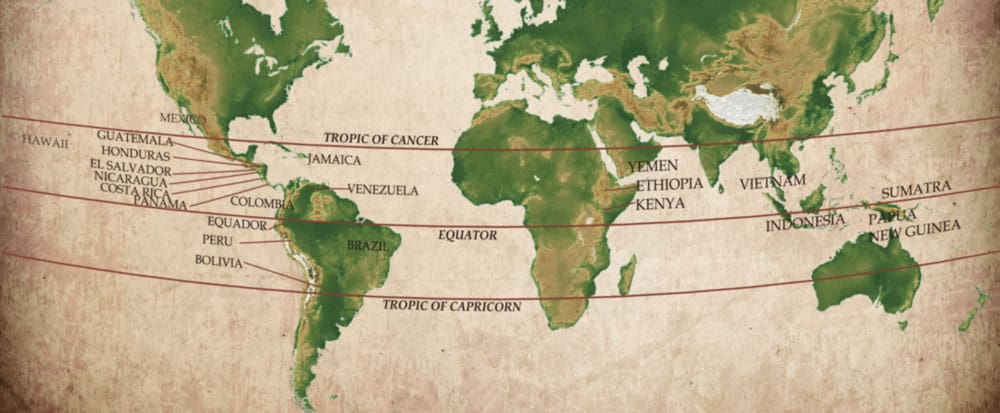
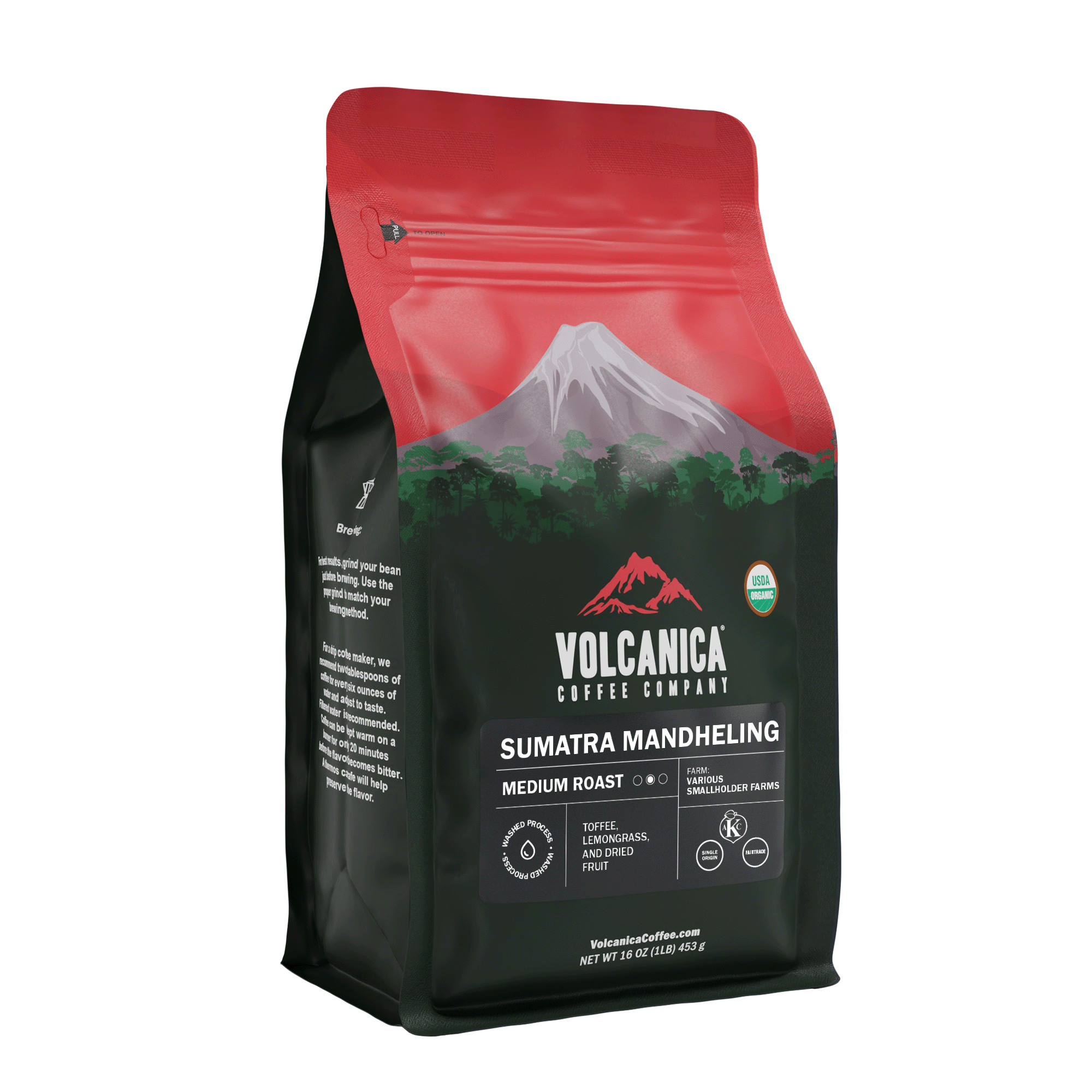


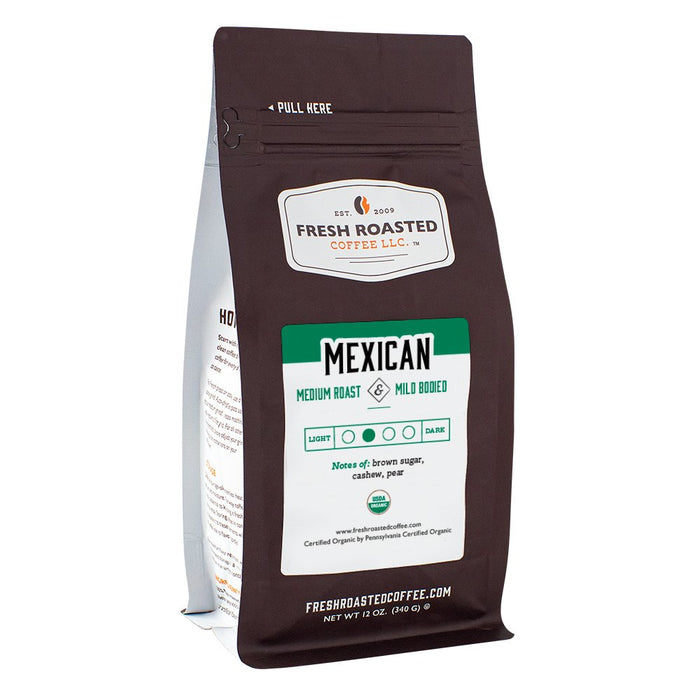
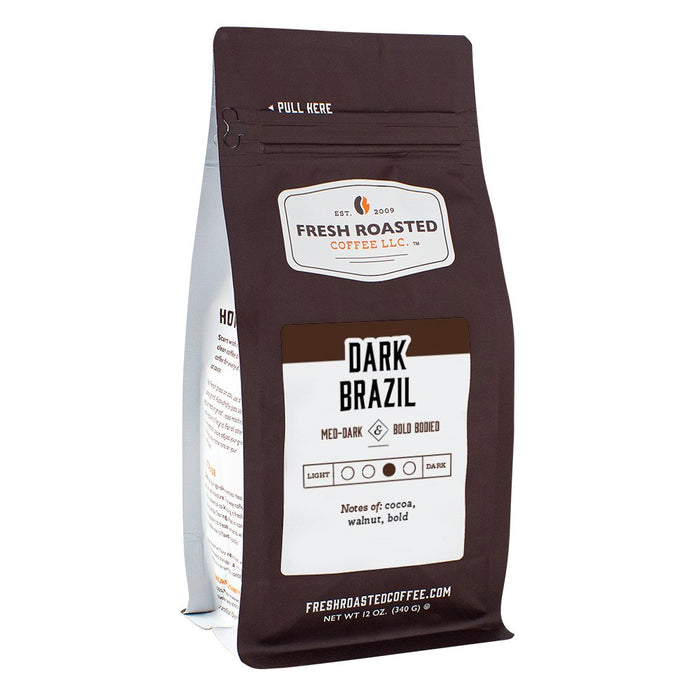

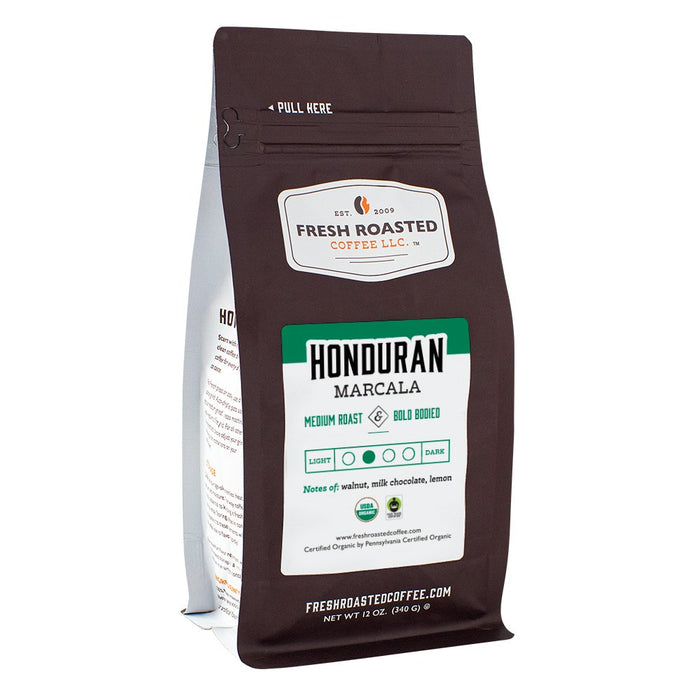
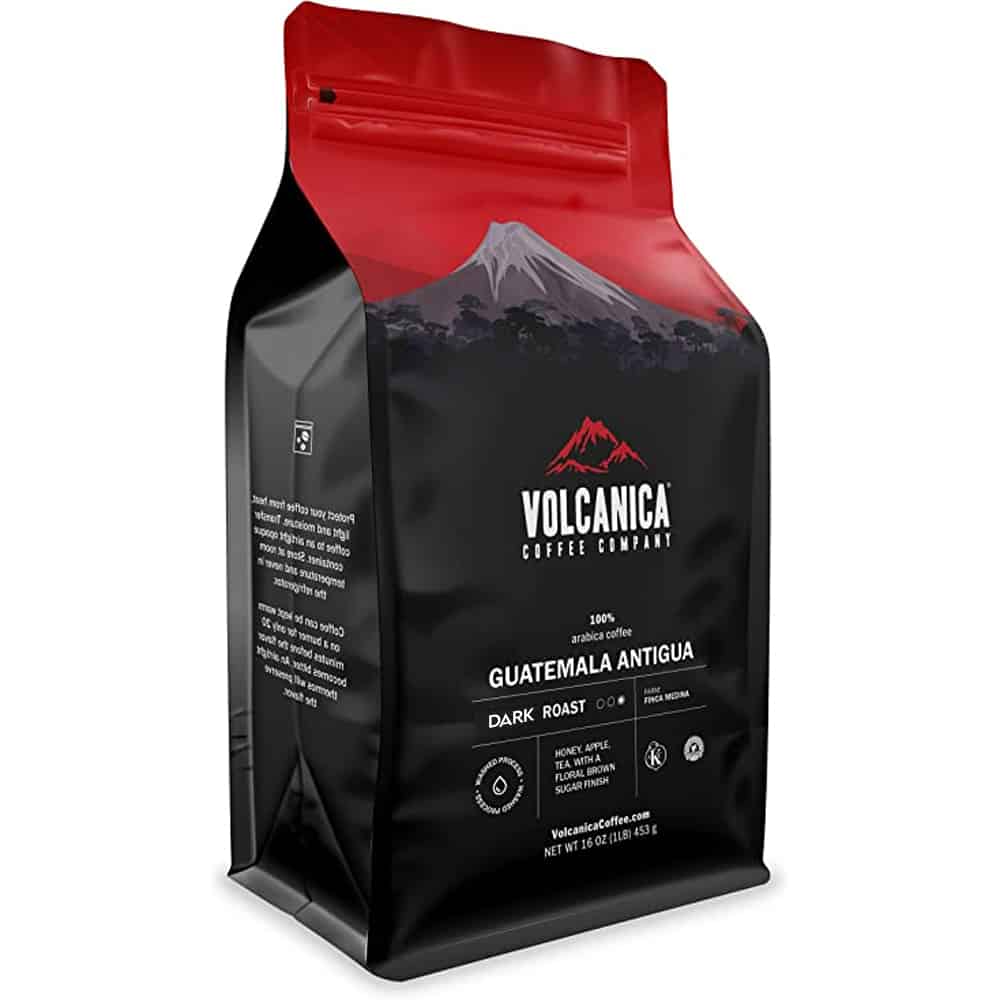
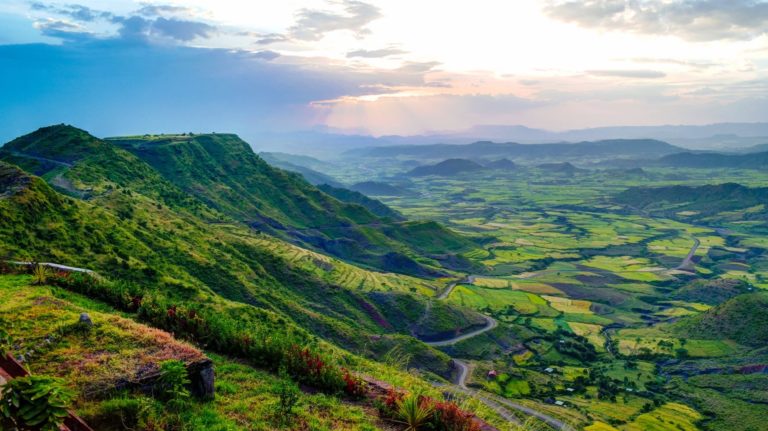


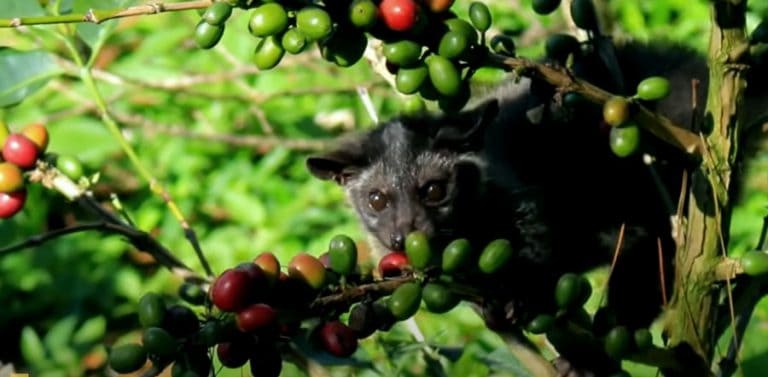
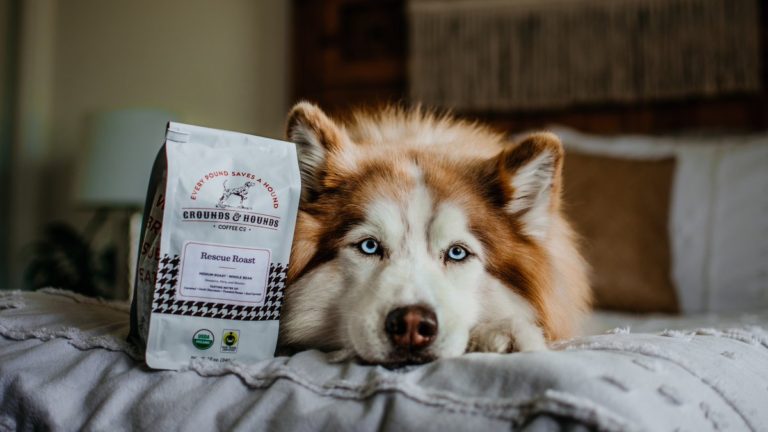
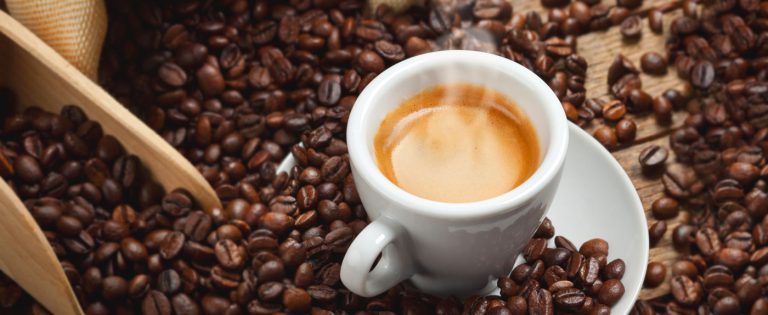
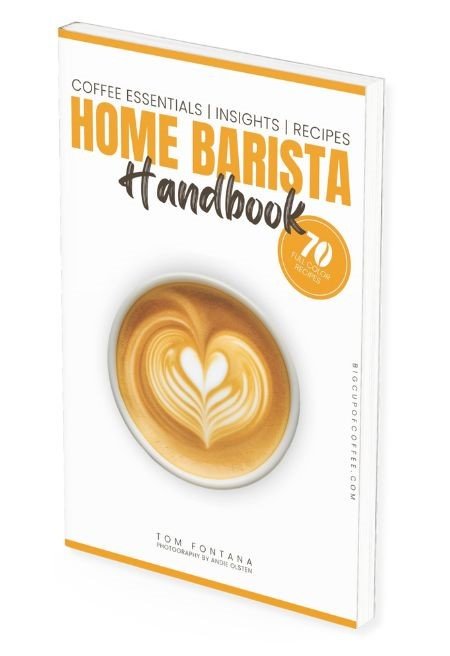
Your article’s section on Vietnamese coffee was a treat. I’ve been to Vietnam and the robusta peaberry you mentioned truly captures the essence of the coffee culture there. It’s deeper and has a more intense flavor profile than most.
I can attest to the fact that Mexican Chiapas is often overlooked. It’s got a beautifully smooth flavor that shouldn’t be missed by any true coffee enthusiast.
I’ve got to say, this article was a great roundup. Having tried most of these, I highly recommend that newcomers try the Brazilian Nossa Senhora de Fatima for a truly balanced cup. It’s become my go-to morning brew.
Fantastic article, Tom. As someone who’s been trying to reduce my environmental impact, I was thrilled to see organic options like Sumatra Mandheling featured. It’s solved my problem of finding a delicious coffee that aligns with my values. Cheers for the great work.
Just had my first cup of Ethiopian Yirgacheffe thanks to your recommendation, and what an experience. The flavor is so unique compared to the blends I’m used to. Definitely going to explore more single-origin coffees.
Tom, your article piqued my curiosity. I’m wondering, how does the roasting process specifically affect the flavor profiles of these beans? I’ve always been curious about the science behind it.
I have an article on the flavor profiles of different coffee roasts here.
Was really looking forward to learning about Kona coffee, but I felt a bit lost on why it’s priced higher than the others. Could you clarify what makes Kona stand out enough to warrant the extra $$$?
The detail about the effect of elevation on coffee flavor was a game-changer for me. I tried the Guatemalan Antigua, and it’s true—there’s a notable complexity there. Fascinating stuff, thanks for sharing.